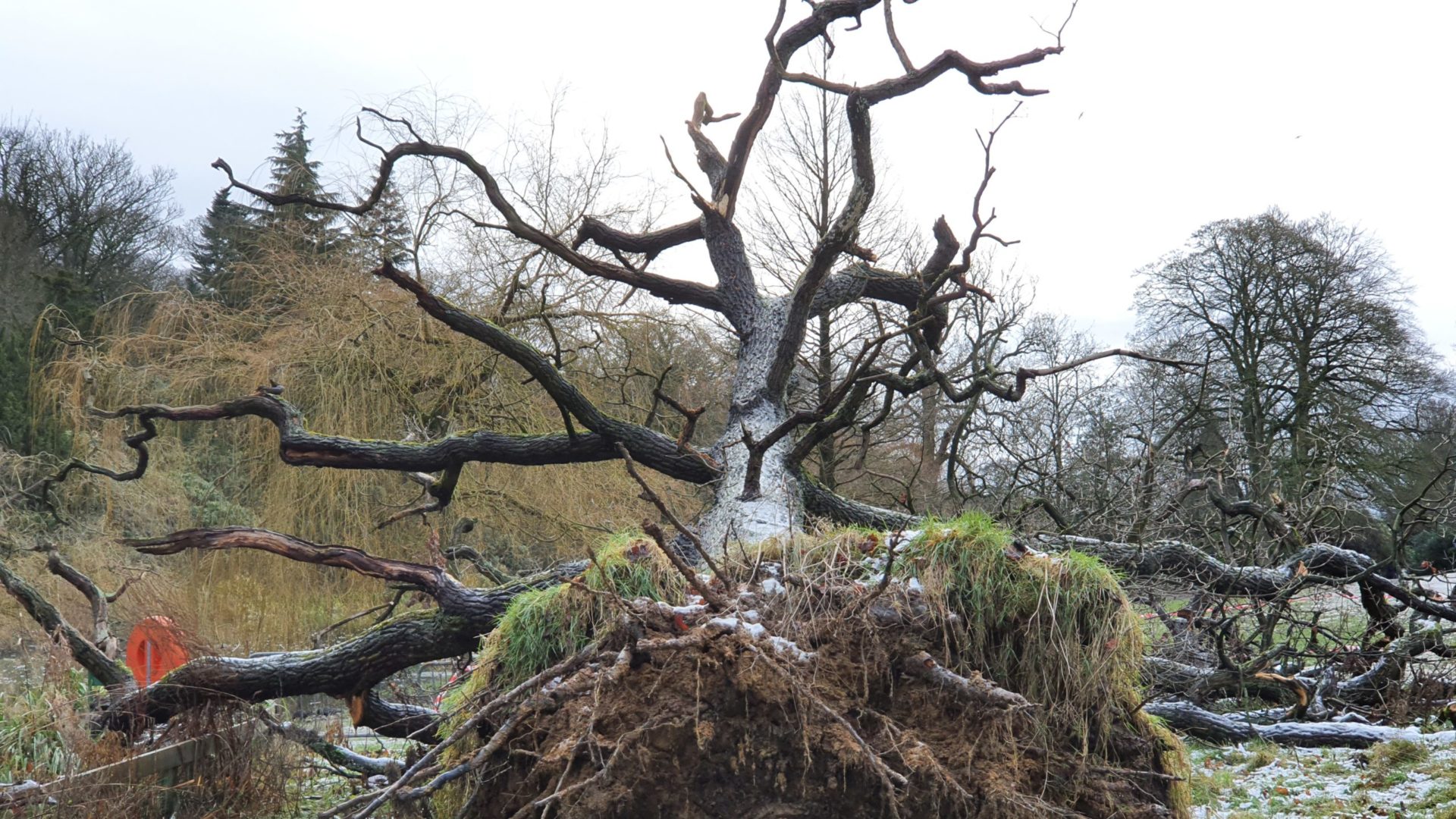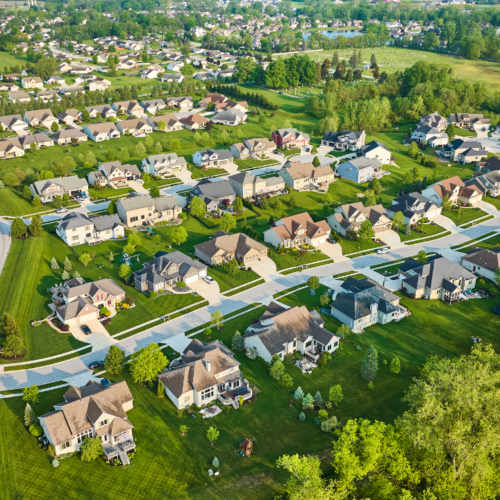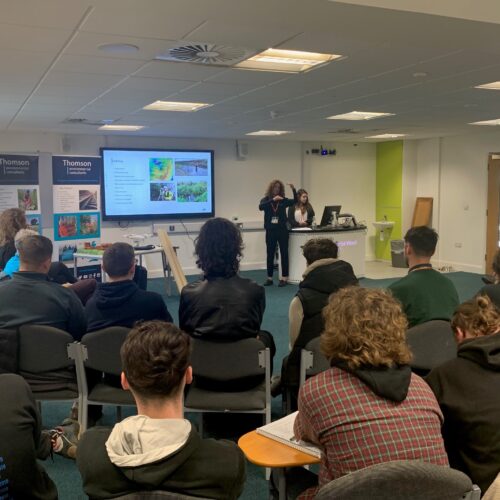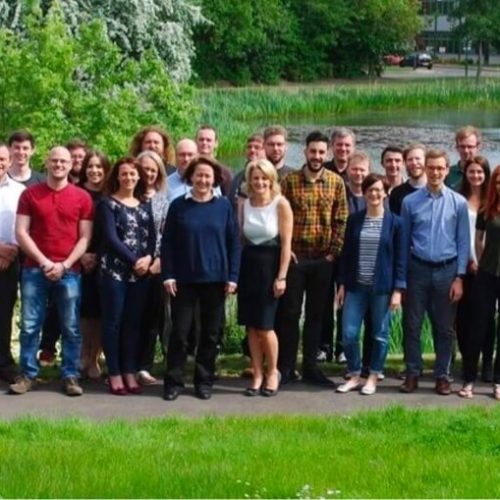Under the UK planning system, Local Planning Authorities (LPAs) have a statutory duty to consider the protection and planting of trees when granting planning permission for proposed development. This has been observed with varying degrees of adherence over the last couple of decades, but our experience of dealing with planning application submissions tells us that it is now unusual for LPAs not to do so.
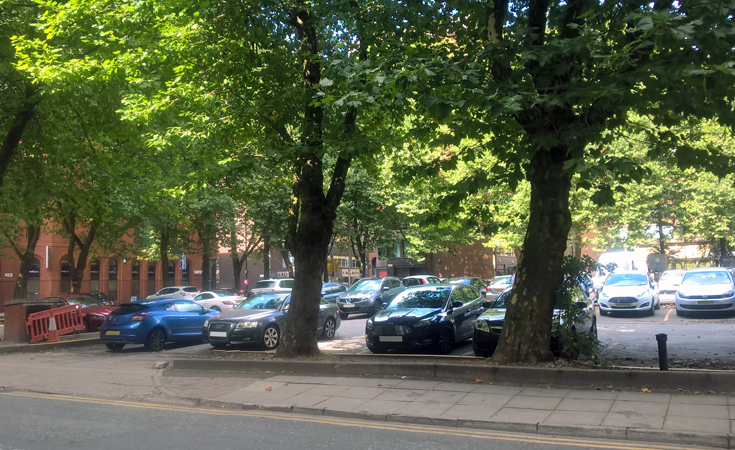
With these protection and planting considerations in place, land owners, developers, architects and planners better understand the need to consider trees at a much earlier stage in the design process than historically. This saves both time and money, removing the need to delay applications, alter designs at the last minute and wait for planning conditions to be discharged – simply because trees weren’t given enough thought prior to the application being submitted.
Once a scheme has been approved and it is time for the landscaping to be completed, any trees delivered to site should be checked prior to any planting being undertaken. At Thomson, we adhere to the British Standard BS8545:2014 ‘Trees: from nursery to independence in the landscape – Recommendations’ (BSI, 2014), which contain a very helpful checklist for trees prior to them being accepted upon delivery and subsequently planted.
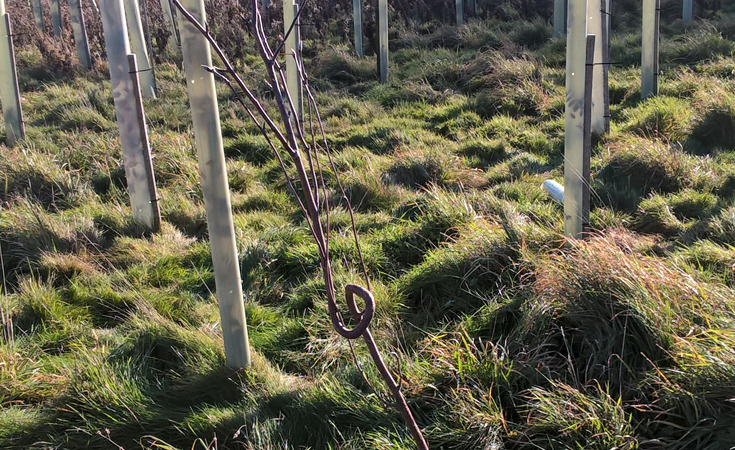
Post-planting care doesn’t stop there
Landscaping contracts typically specify a five years’ ongoing maintenance period, during which time the trees’ health, structure and planting conditions should be regularly checked. This will enable the tree to have the best chance of establishing successfully, reaching its full potential.
After five years, a legally defensible programme of tree inspections should be implemented that ensures the trees are inspected on a regular basis, with the risk to the public managed and reduced to acceptable levels. Depending on the location of the trees, this may mean a tree hazard survey is undertaken annually, biannually or less frequently – perhaps every three or four years.
There is a case for inspections to be undertaken every 18 months; first in the spring/summer and again in the autumn/winter – 18 months later. This cycle means that the trees are inspected when in leaf and the health of the crown can be assessed, then when losing their leaves and tree decay fungi are most prevalent, plus hidden deadwood, defects and diseases can be seen.
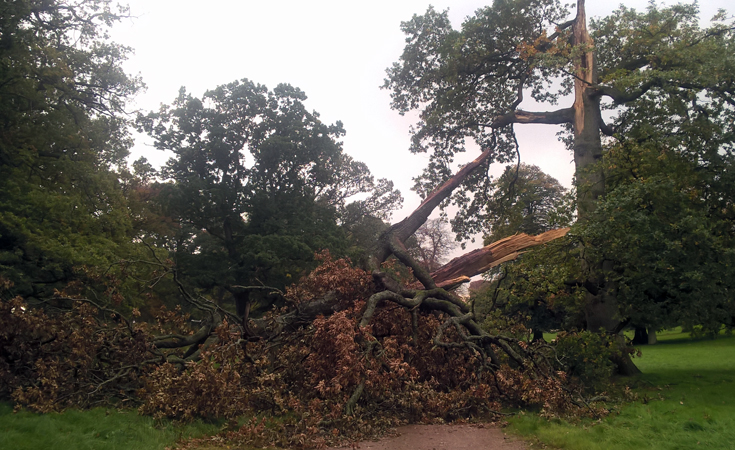
These inspections can also highlight structural problems with the tree which can be improved through remedial works. Structural pruning can help the crown develop a good shape and form, whilst retaining a size suitable to its location.
Inspections can identify where the ground around the base of the tree has become compacted, and the soil structure damaged. Treatment of the ground around the tree can be undertaken with an air spade which uses pressurised air, fired into the soil at supersonic speeds, to enable the operator to displace soil without damage to roots or services.
Autumn/winter is the perfect time for land owners and tree managers to have their trees inspected as many have lost their leaves, and the bare skeletal framework of their trunk and branches is exposed. It is particularly important after severe weather – such as high winds and storms – to have your trees inspected as this is when they’re at their most vulnerable, suffer damage and potentially become a hazard.
How we can help you
Thomson’s arboricultural team are skilled at managing the risk from trees through the undertaking of tree hazard surveys and producing programmes of phased tree inspections which help land owners and tree managers fulfil their legal ‘duty of care’.
Our in-house experts can prescribe and undertake tree maintenance works including tree surgery operations, climbing inspections, emergency tree clearance works, plus tree and shrub planting and maintenance.
Get in touch today to talk about your tree management requirements and receive expert guidance on your tree concerns from the team.
